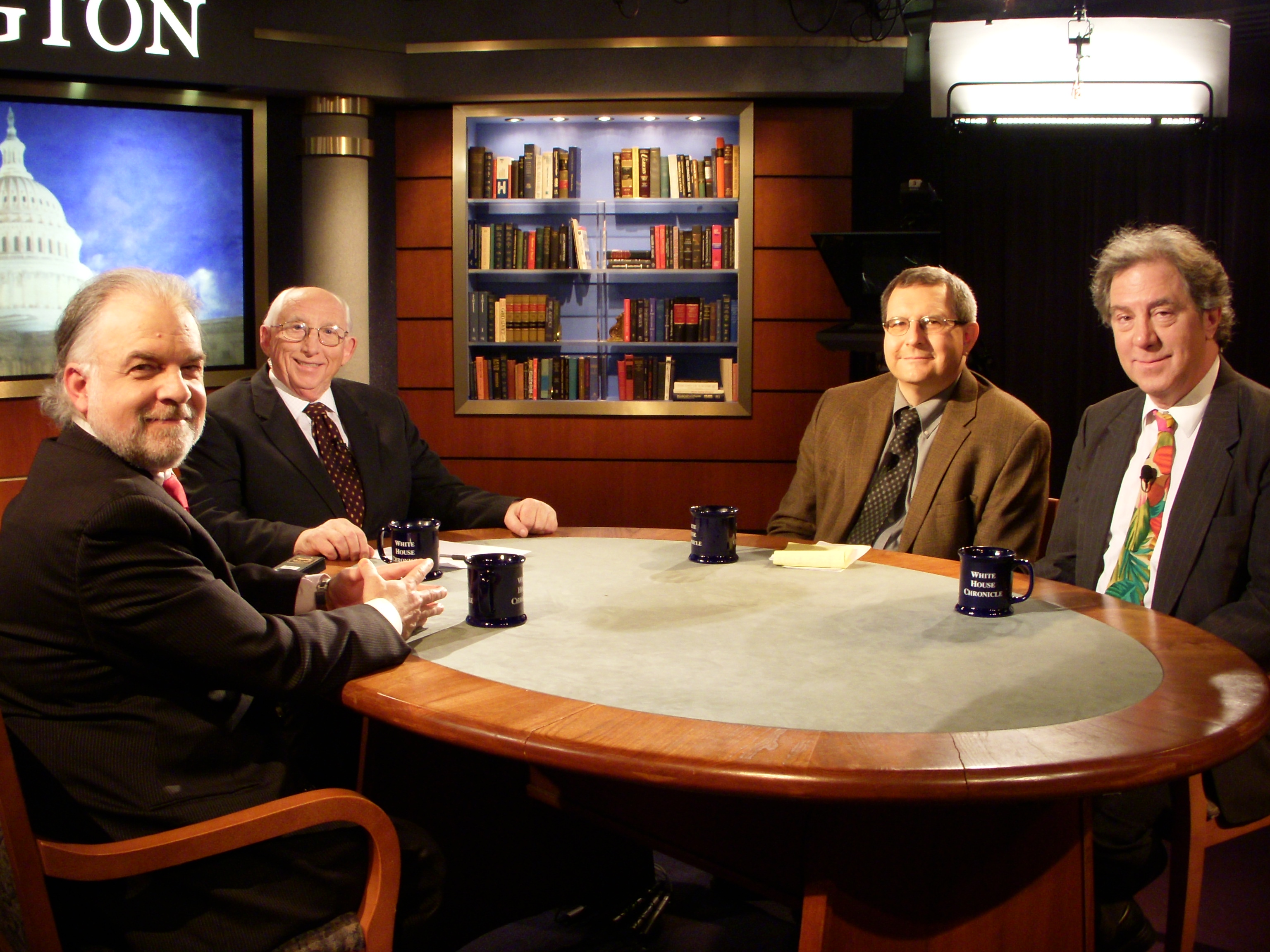A young man drops over a fence in Arizona. He is so thin that his pants hang on the bones of his pelvis. His face is worn. He is scared.
He is a child of the oppression of poverty.
Now, uneducated and unskilled, he plans to make his way in a country where he is not wanted, and where he does not speak the language. Yet he hopes to get a life–even half a life–better than the one he left.
But the new streets of his life are not paved with gold. At any time, he can be arrested. He must live in the shadows.
He is an illegal immigrant.
Illegal, unwanted. It is an indelible stain, a sin that cannot be expiated.
He is a criminal. He is unworthy of medical treatment, social services, working or raising a family.
If he drives a car and works, he compounds his illegal status. If he marries and raises a family, his family can be sundered if a suspicious policeman demands identity papers from him.
All the days of his life here, he will be illegal. No statute of limitations will save him from his apartness from the mainstream. As a stateless person, he is an easy victim for exploitation by extortioners, crooked lawyers and exploitative employers.
Yet some illegal immigrants prosper in the shadows of society. They start businesses and accumulate cars, houses and successful children. A woman who runs a housecleaning service is putting her son through a prestigious university, where he is studying computer science. A man has a landscaping business with tractors, trucks and a large workforce.
These people left their native Mexico as desperate youths. Decades later, they are living the American dream in all but the paperwork.
They are vulnerable and they are frightened, as the debate has grown uglier and the law enforcement more draconian.
These are the Americans who never were and, under Arizona law, never can be. Their lives are written in invisible ink.
These are people who, in a different context, we admire: people of courage and self-determination. Through no fault of their own, they were born on the Mexico side of the Rio Grande. In an effort to improve their own lives, they have surrendered to a life apart, a life under threat. They are the exiles who cannot go home and may not be able to stay.
Yet America is under threat of conquest through immigration. There is no end in sight to those who would flood into our homeland from all of Latin America, and much of the rest of the world. But it is Mexico, in particular, that concerns us.
Guess what? We are lucky that our immigration threat is from that country and we can build a better border barrier.
Every successful, and semi-successful, country in the world has a problem with illegal immigrants. South Africa has about 3 million from Zimbabwe alone. Venezuela has millions from the rest of Latin America.
Western Europe is being swamped by North African illegal immigrants, who bring a very alien culture and an aggressive religion with them. They pour into Greece, Italy, Malta and the Canary Islands at a far faster rate than they can be handled. North Africans pose a much greater threat to Europe than do Latin Americans to the United States.
Illegal immigration is one of the great crises of the 21st century. But the real problem is language. The spread of a second language–assisted by broadcasters, motor vehicle departments, schools and greedy businesses–creates a parallel society in which people living in the shadows can function and assist the survival of other illegals.
A country grows within a country.
Dual-language countries are countries divided—think of Belgium and Canada. We resist illegal immigrants but make it easy for them not to assimilate.
This is folly. “One nation under English” might not be a bad slogan.








